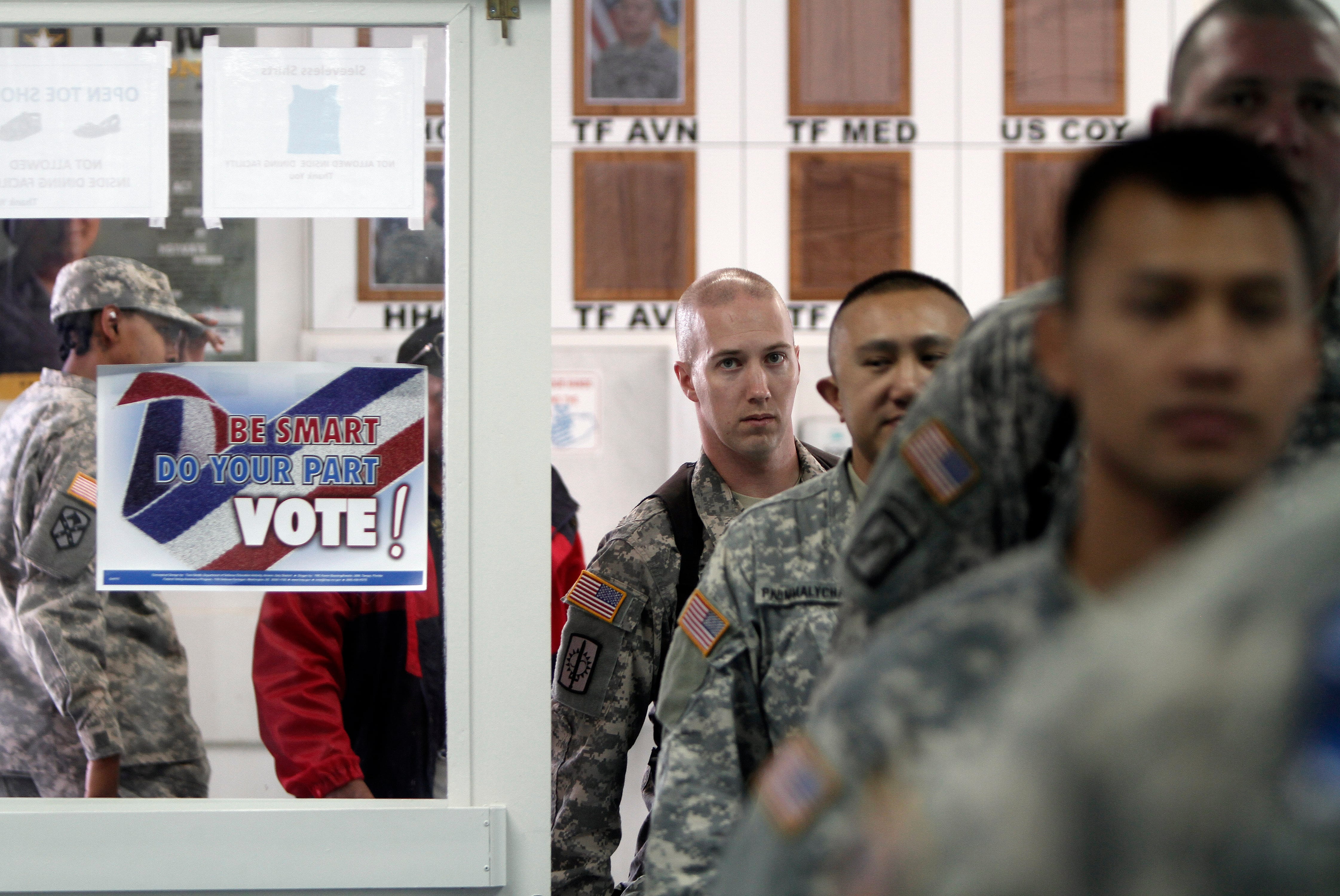As the end of the manpower drawdown nears, officials are reviving an old program, offering bonuses to encourage prior-service Marines to rejoin the Corps.
Recently announced changes to this year’s re-enlistment bonus program for all Marines includes broader provisions that significantly expandsing the Prior Service Enlistment Program. Marines returning to active-duty will receive the same bonuses given to re-enlisting active-duty Marines in 20 military occupational specialties.
That means active-duty members will be competing with prior-service Marines for the same re-up bonuses, and Corps officials have warned that some of these MOSs could fill quickly.
"Since the drawdown began, the PSEP program was very limited as the Marine Corps downsized," said Lt. Col. Jim Mullin, the section head for Enlisted Plans at Manpower and Reserve Affairs. "Now that we are closer to our goals, we have decided to open the program up again in case those Marines that transition out of the Marine Corps would like the opportunity to return."
The expansion of the broken service Selective Re-enlistment Bonus Program is intended to help fill 20 critical or undermanned specialties in a variety of fields, including infantry, intelligence and aviation maintenance.
The opportunity for prior-service Marines to re-enlist began Oct. 1, according to Marine administrative message 481/15, signed Sept. 30.
"The intent of the FY16 PSEP is to activate the [Broken Service SRB] program to provide prior service Marines who possess critical skills, in designated MOSs, a monetary incentive to resume their career in the Marine Corps," the message reads.
In addition to filling critical MOSs, the program is partly driven by the need for cost savings, according to manpower officials.
"It is cost-effective to bring back a Marine rather than access and train a new recruit," Mullin said.
In all, the service hopes to entice 300 prior-service Marines to return this year under the program. The effort is primarily aimed at Marines who separated after their first term, not those who took advantage of the drawdown's voluntary incentives to leave, such as the Temporary Early Retirement Program offered to those with 15 or more years of service, or Voluntary Separation Pay for those with between six and 20 years of service.
"We are not looking to bring back those separated under TERA or VSP," Mullin said.
Additionally, while the intent is to bring back Marines who already possess expertise in a needed MOS, officials will consider approving lateral moves into some jobs like counterintelligence/human intelligence specialist on a case-by-case basis.
"Both Marines already holding these MOSs and lateral move requests will be accepted on a case-by-case basis," Mullin said.
For the full list of eligible MOSs, refer to the MARADMIN available online.
To be eligible Marines must have successfully completed at least one enlistment contract; have a break in service that is at least 91 days but shorter than 4 years; have completed between 17 months and 14 years of active service; and be willing to re-enlist for four years in their primary MOS or make a lateral move into one of 20 MOSs identified in the MARADMIN. They cannot be reservists, except those in the Individual Ready Reserve.
The same SRBs prior-service Marines receive will continue to be offered to active-duty Marines willing to re-up for another four years. The $56 million budget for the fiscal 2016 SRB program is a few million dollars more than in fiscal 2015. While just 55 jobs are eligible this year, compared to 106 in fiscal 2015, 300 more Marines are expected to get payouts — 3,600 Marines in all. But prior-service Marines are being targeted for only 20 of those 55 specialties eligible for a re-up bonus.
The changes reflect an increased emphasis on building cadres in specific jobs.
Many re-enlistment bonuses are targeted to high-demand, low-density specialties like explosive ordnance disposal technician, which is eligible for a $51,000 re-enlistment bonus. Marine Corps Special Operations Command critical skills operators are eligible for $56,000. Both are also targets of the PSEP.
Other bonuses are targeted at infantry specialties, due largely to changes in drawdown plans, officials have said.
For a time, manpower planners were anticipating drawing down the force to 174,000 Marines and 21 infantry battalions by the end of 2017. That was later increased to 182,000 Marines and 24 battalions, meaning the Corps had to reverse course and retain more grunts.
As a result, 0311 riflemen became eligible for bonuses up to $15,000. On the active side, infantry squad leaders, who recently got their own MOS, can take home $25,000.
For full details of exact payouts by MOS, refer to the original Selective Reenlistment Bonus MARADMIN 296/15, online.
Both prior-service and active-duty Marines interested in re-enlisting and earning a bonus should move quickly to secure a spot. In some cases they may already be close to being shut out of their job, with or without a bonus.
"Don't wait until the last minute," said Col. Bill Tosick, the Plans, Program and Budget branch head at M&RA, during a June interview. "You might not get a bonus. You might not get to re-enlist at all."




